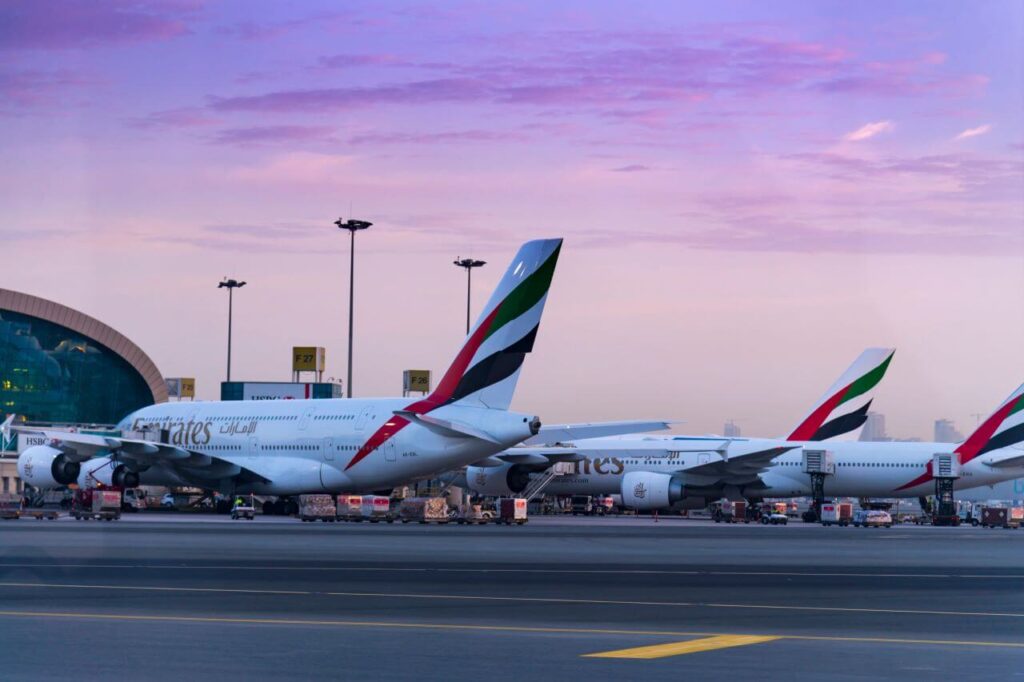Before the Dubai Airshow 2019 kick-starts on November 17, 2019, let us take a look at what Boeing has to say about what the commercial aviation market in the Gulf has in store for the next two decades.
According to Boeing’s latest Commercial Market Outlook (CMO) for the period 2019-2038, wide-body aircraft, already occupying a high share of the fleet in the Middle East, will see the highest number of deliveries of any region (46%) in the next two decades.
However, according to the forecast, wide-body aircraft will slowly and steadily be outnumbered by single-aisles, with narrow-body planes projected to take a 50% share of the fleet composition in the Middle East by 2038.
Passenger traffic in the Middle East is expected to increase at 5.1% per year. To address this growth, Gulf airlines will require 3,130 new aircraft to be delivered in the next two decades – a market nominally valued at $725 billion. Combined fleets are projected to grow by 4.9% per year to 4,030 jets by 2038.
The largest interregional traffic flows for the Middle East are those to Europe and South Asia, and Southeast Asia. These are projected to grow at 4.3%, 6.4% and 4.8% per year, respectively. Meanwhile, traffic to China is forecasted to see the highest growth rate, reaching six times its current size by 2038 (growth of 9.4% per year).
Boeing notes that the region’s exposure to the fast-growing markets in Asia is a key advantage for Middle Eastern airlines. Nevertheless, the success lies in the Gulf carriers’ “one-stop-to-anywhere super-connector business model” involving long-range aircraft flying to far away destinations.
According to Boeing, the appeal of “affordable travel on long one-stop flights, enabled by Middle East airlines’ central location will help drive higher-than-average growth” on routes to Asia-Pacific.
“The Middle East has a centuries-old role connecting the economies and populations of Asia, Europe, and Africa,” the manufacturer observes. “[Now], an eight-hour flight can reach 80 percent of the world’s population, and the same boundary will contain 70 percent of global economic growth for the next two decades.”

